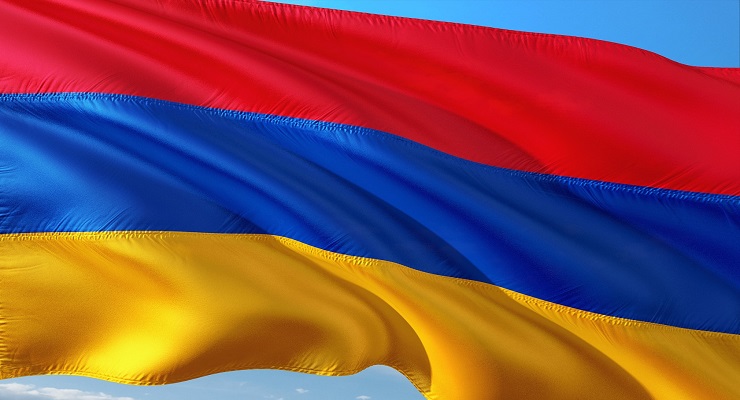
This article by Harout Manougian is published by Constitutionnet. Here is an excerpt from the introduction:
As in other facets of life, building a nation’s constitution is more about the journey than the destination. Major events contribute to an altered general understanding among society, and a constitution codifies the new reality. But the process of drafting that language can be a major event itself; in a sense, “the medium is the message.”
In Armenia, former President Serzh Sargsyan moved the nation from a semi-presidential system of government to a parliamentary model through a constitutional referendum in 2015. Those changes were drafted by a presidential commission: nine members that reported directly to him. They ended up proposing a package that would allow him to shake off term limits while still retaining full control of the levers of government. Nikol Pashinyan, then an opposition MP, criticized that Constitution as “a suit tailored to fit the man,” referring to Serzh Sargsyan.
The 2015 Constitution is still in force today, but mass protests during Sargsyan’s transition from President to Prime Minister in 2018 led to his resignation. Consequently, Pashinyan himself stepped into the (newly empowered) Office of Prime Minister. By December 2019, Pashinyan had appointed his own Expert Commission on Constitutional Reform. It was mostly a small group of hand-picked legal experts that reported directly to him but, this time, applications to join the Commission were accepted from constitutional law experts with at least seven years of experience and civil society organizations with a track record of democracy promotion. The two parliamentary opposition parties were also given one seat each at the table.
Read the full article here.
Leave a Reply